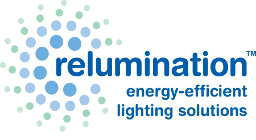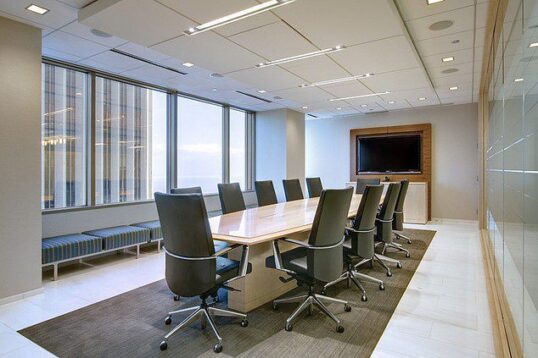Daylighting is the practice of using natural sunlight as much as possible to provide internal building lighting. The intent is to save on electricity for lighting and heating a building. Windows, skylights, and light-colored ceilings work together to allow sunlight into a room and disperse it as evenly as possible.
The windows are either south or north facing to avoid the extreme glare of the rising and setting sun. Reflective surfaces and daylight redirection devices take sunlight beams that would otherwise cause glare, and redirect them to the ceiling where the light is reflected and uniformly spread out in the room.
Because sunlight availability changes throughout the day, daylighting is integrated with artificial lighting so that as the interior natural sunlight increases, the interior artificial lighting dims to keep the overall brightness constant. Likewise, when the sunlight decreases, the artificial lighting brightens. This is accomplished by using light sensors and dimming/brightening controls.
LED lighting works best for daylighting because it puts out a white light that closely resembles sunlight (without the UV light). When the sunlight dims, the LEDs do a good job of preserving the room’s sunlit ambiance. Like natural sunlight, LED lighting acts as a stimulant to the human circadian system. This increases alertness, concentration, and focus, all of which increase worker productivity. The lighting also increases sales in retail environments because colors are more vivid, which enhances the attractiveness of goods and foods.
Finally, LEDs are among the most energy-efficient light sources available, and it only makes sense to use these to maximize the energy savings possible with daylighting. The LEDs are dimmed or even turned off when natural sunlight is sufficient illumination for the room and thus save power. Even when they’re brightened to compensate for dim sunlight, the LEDs consume minimal energy.





